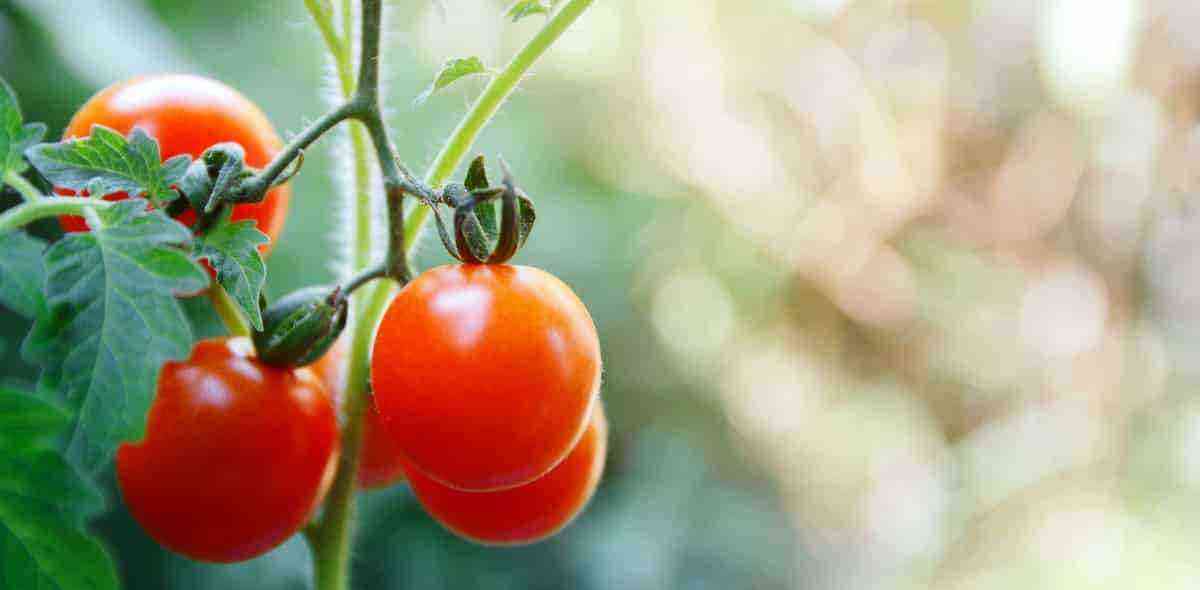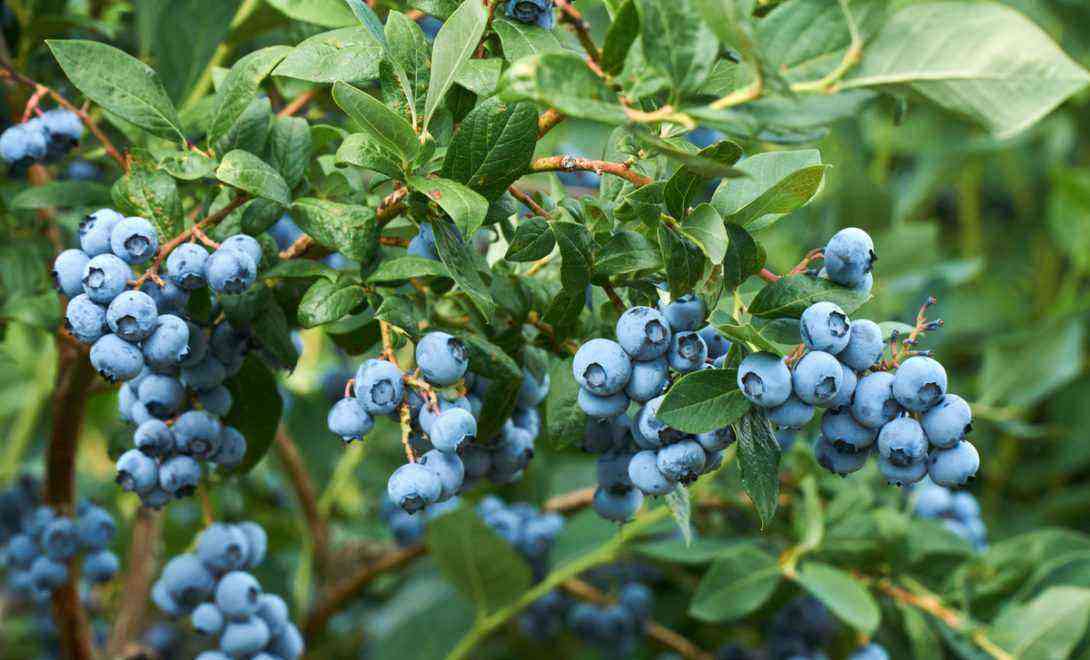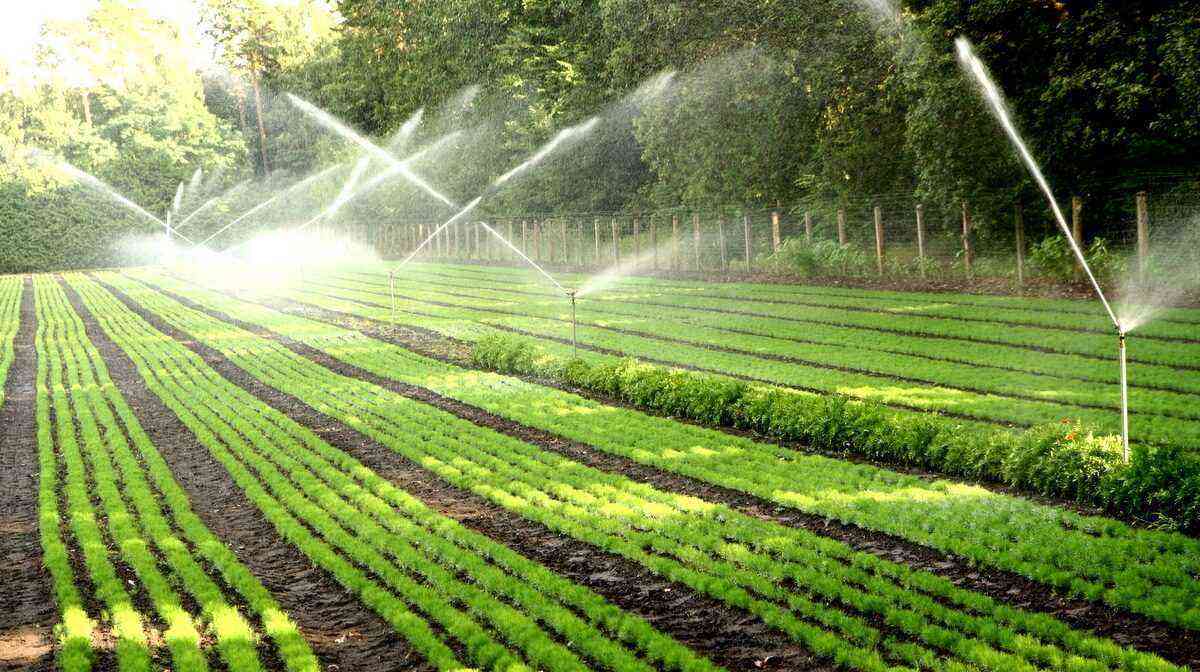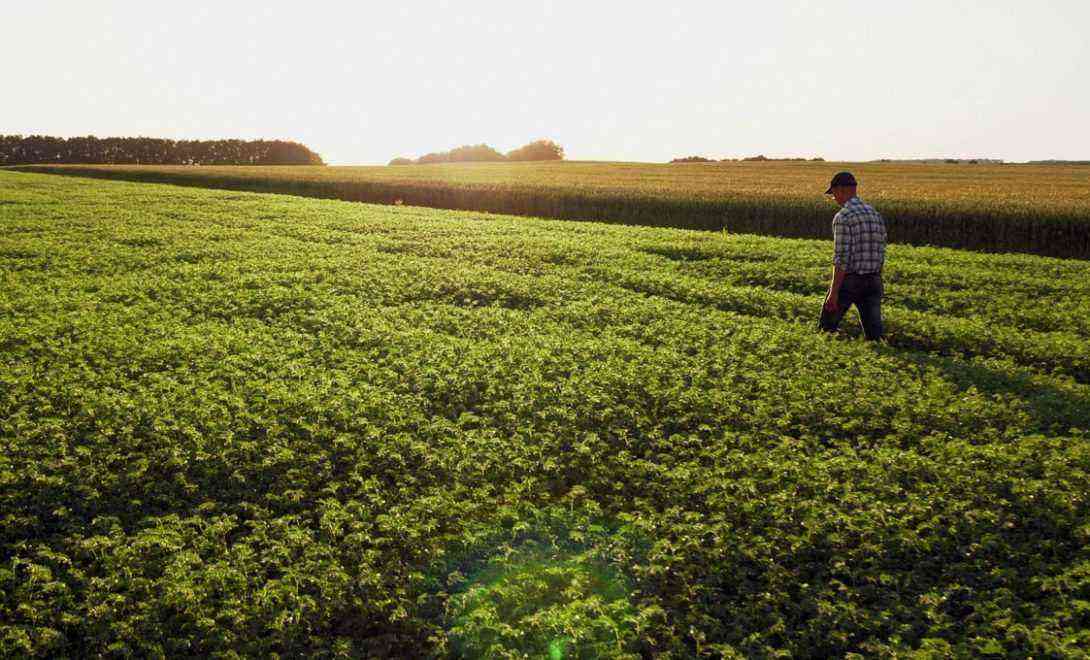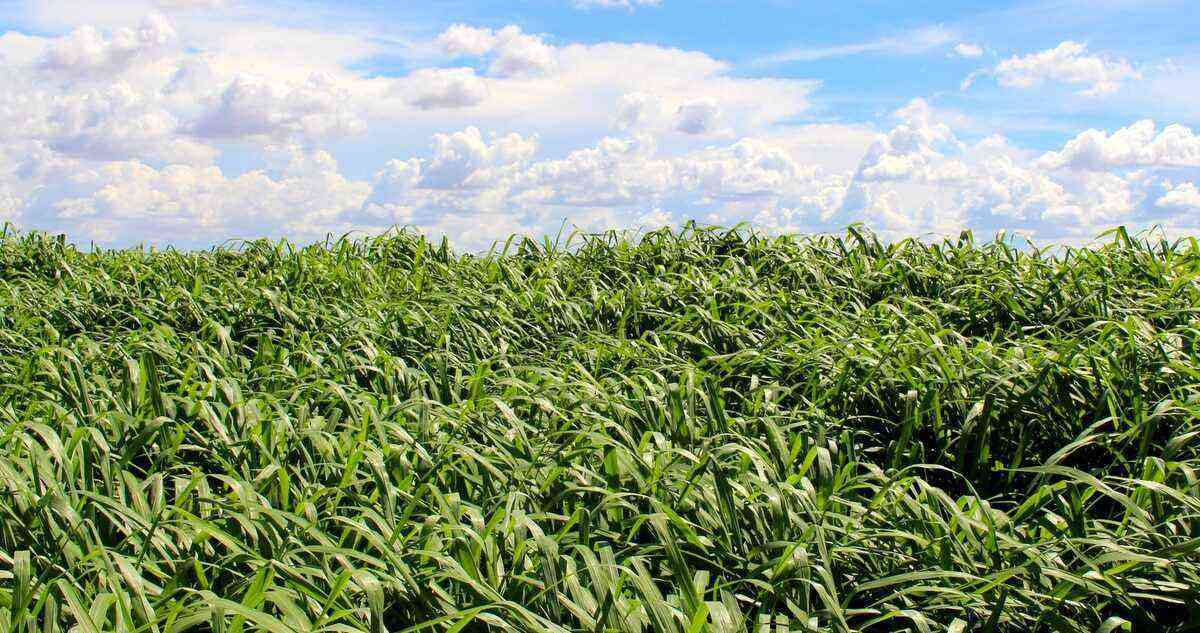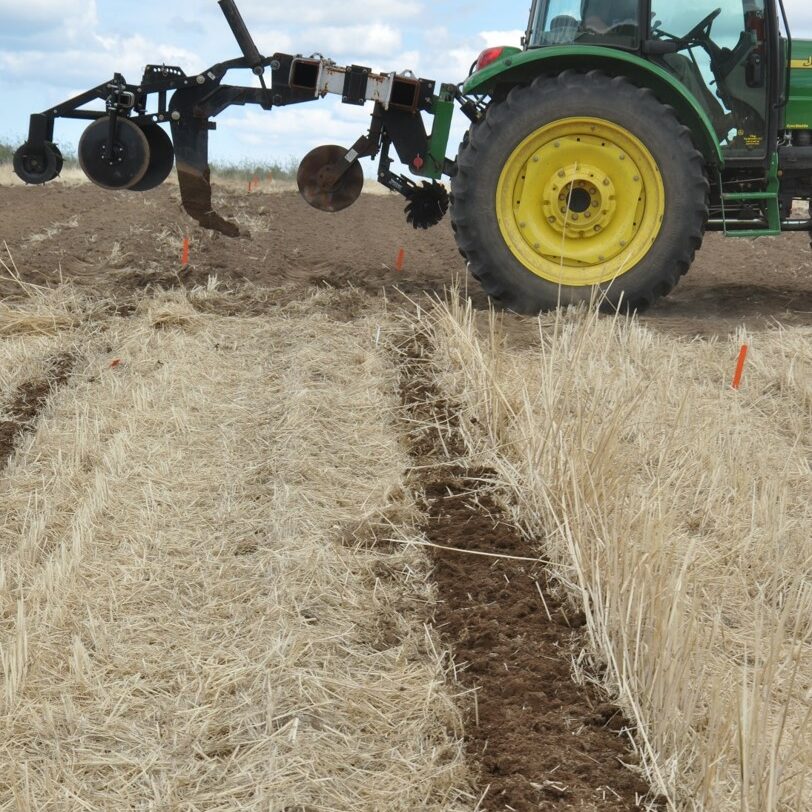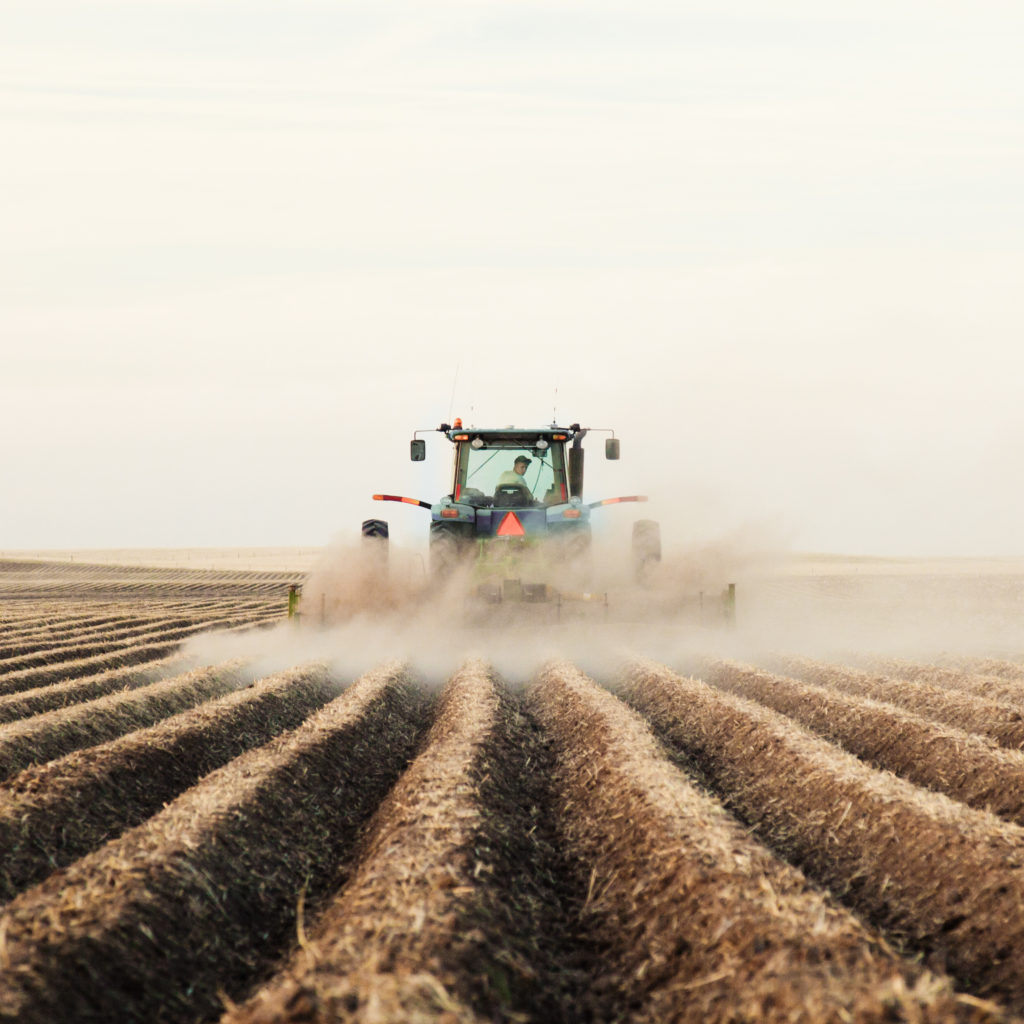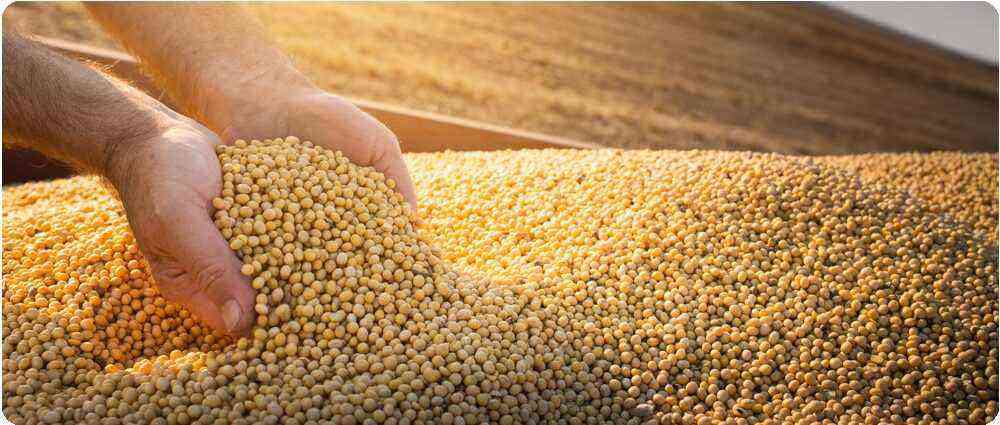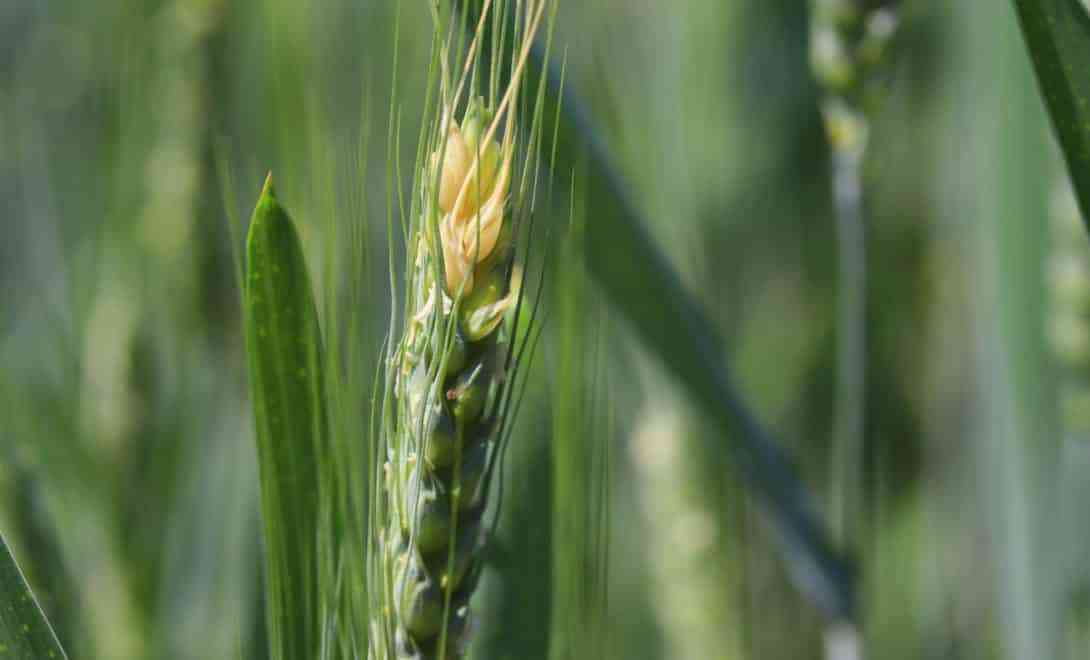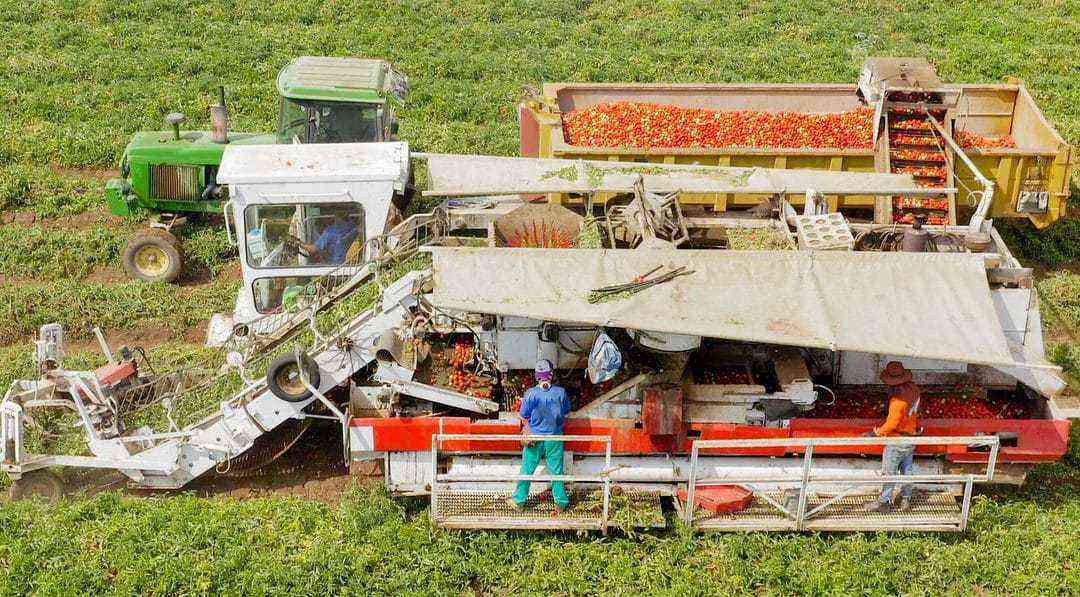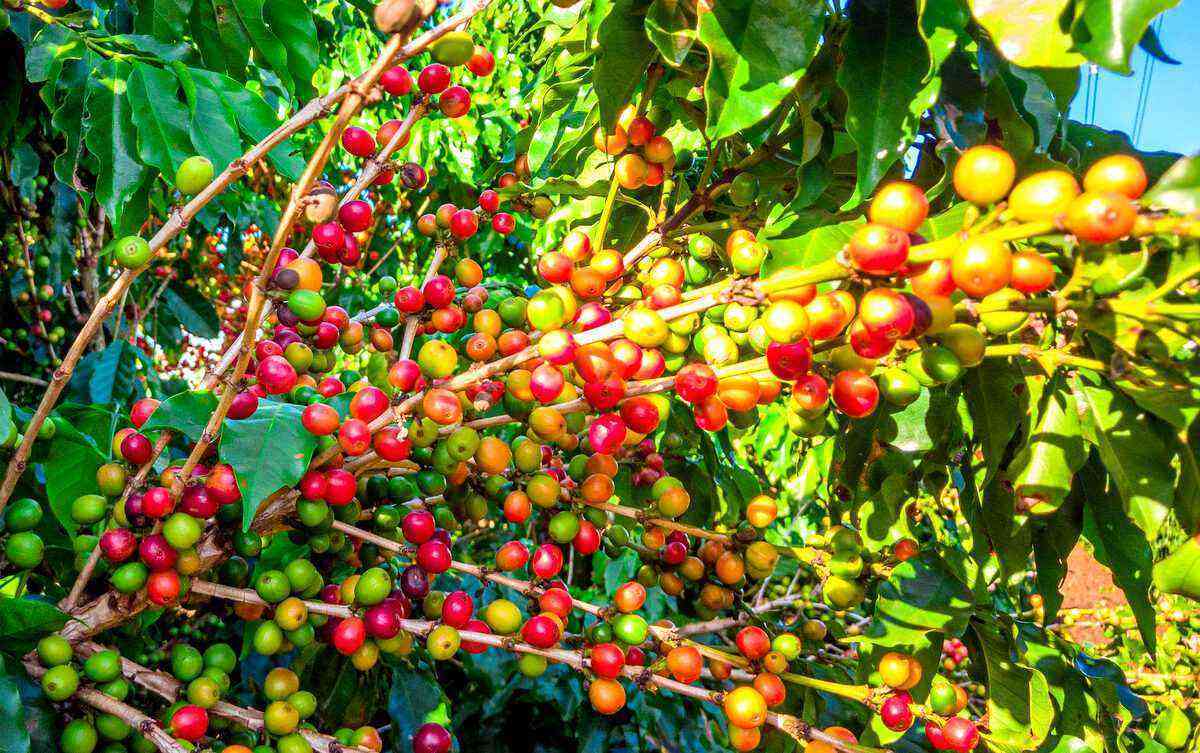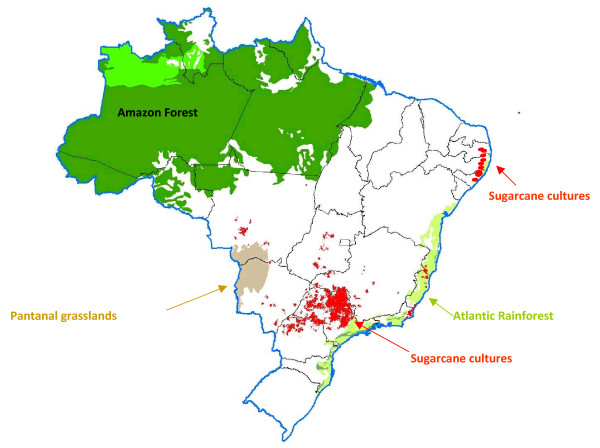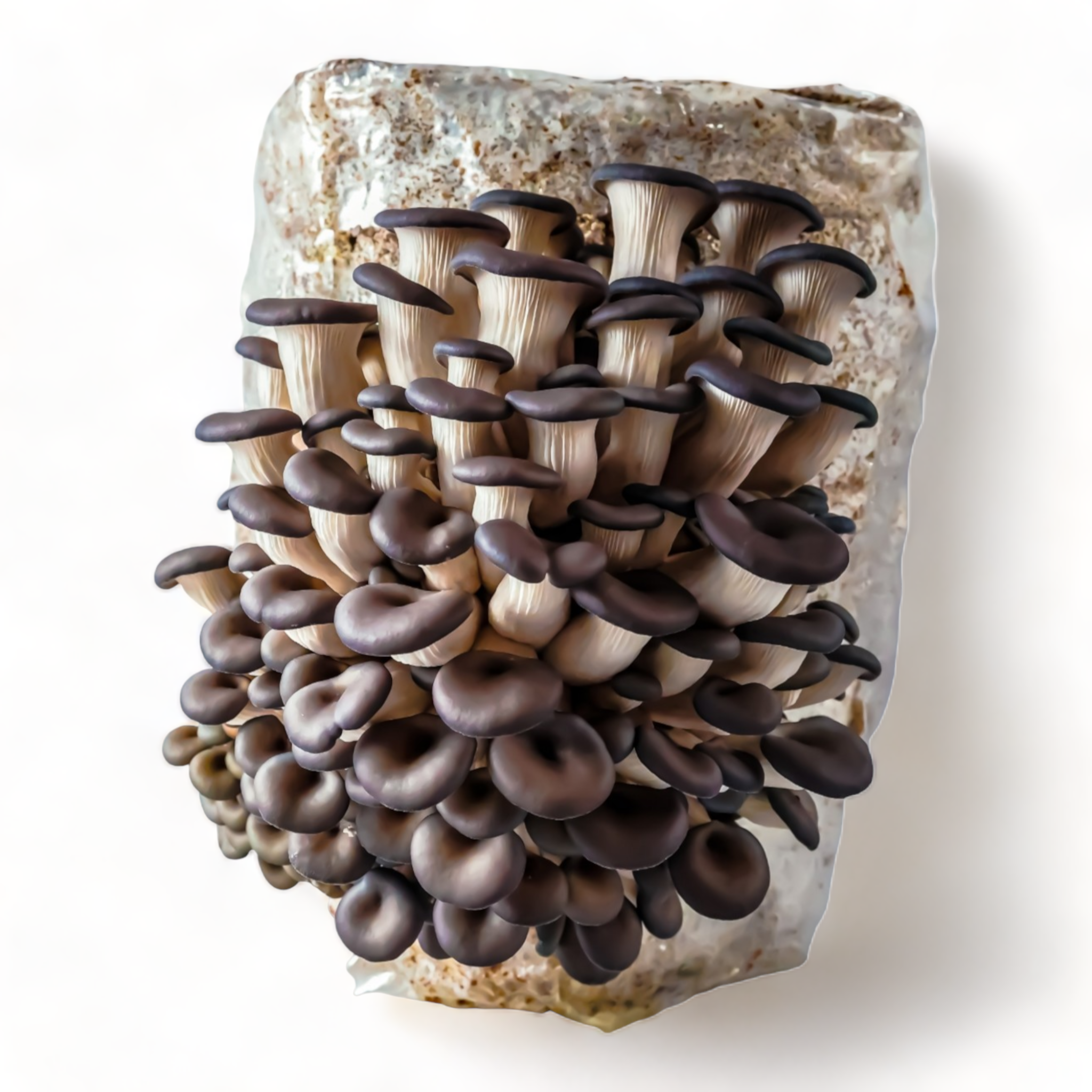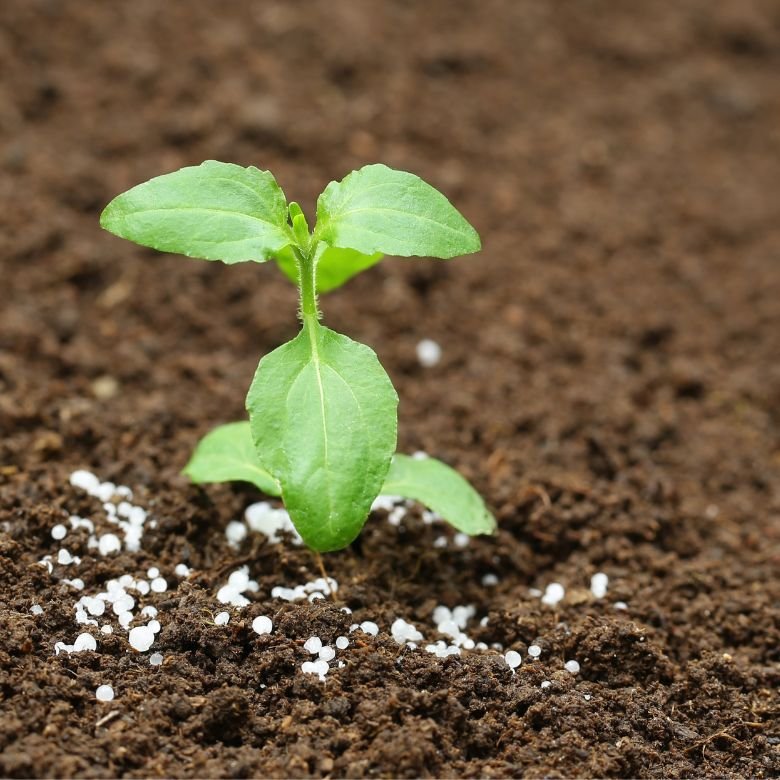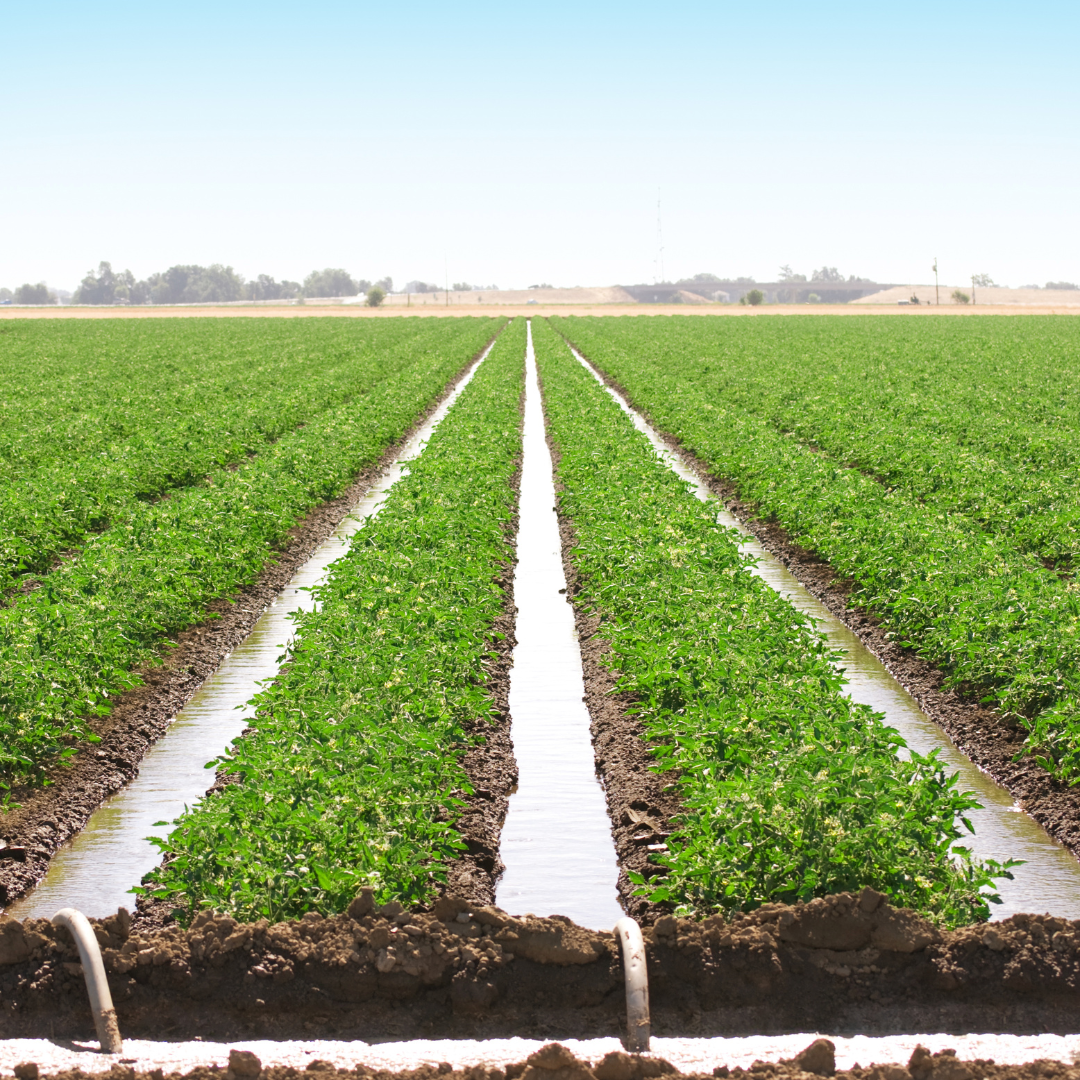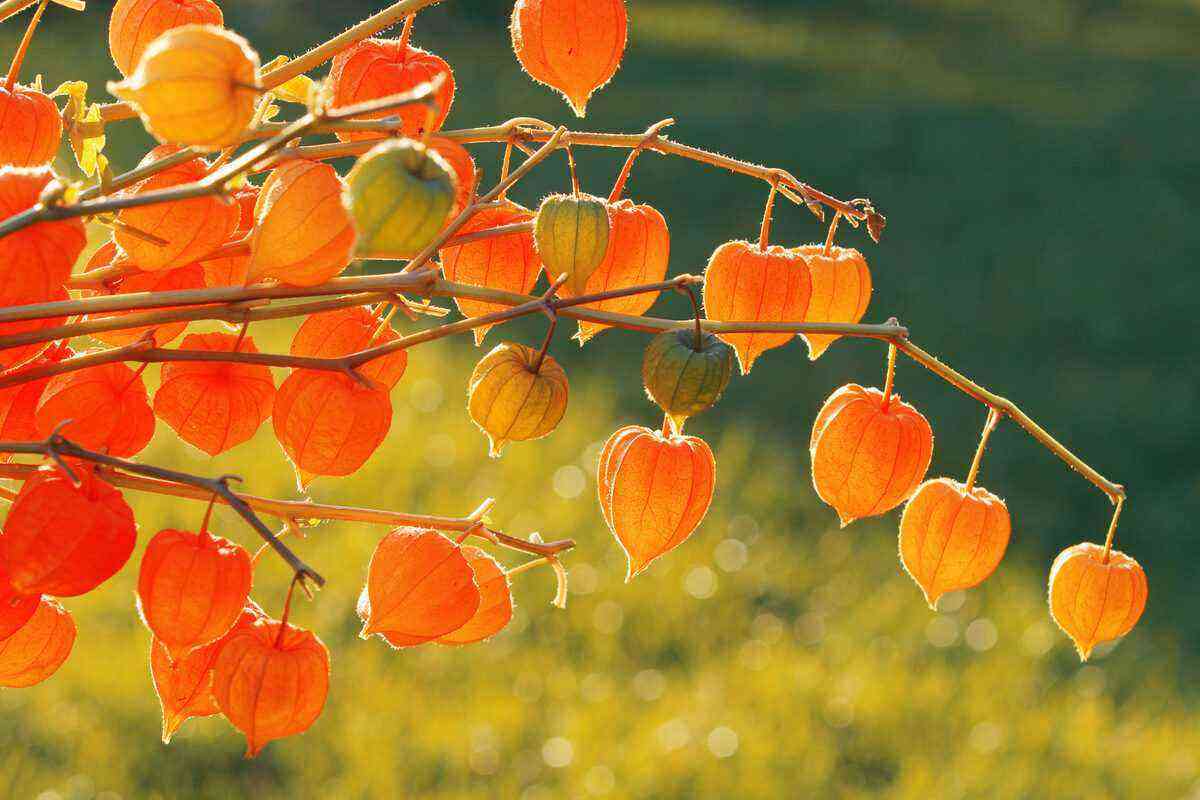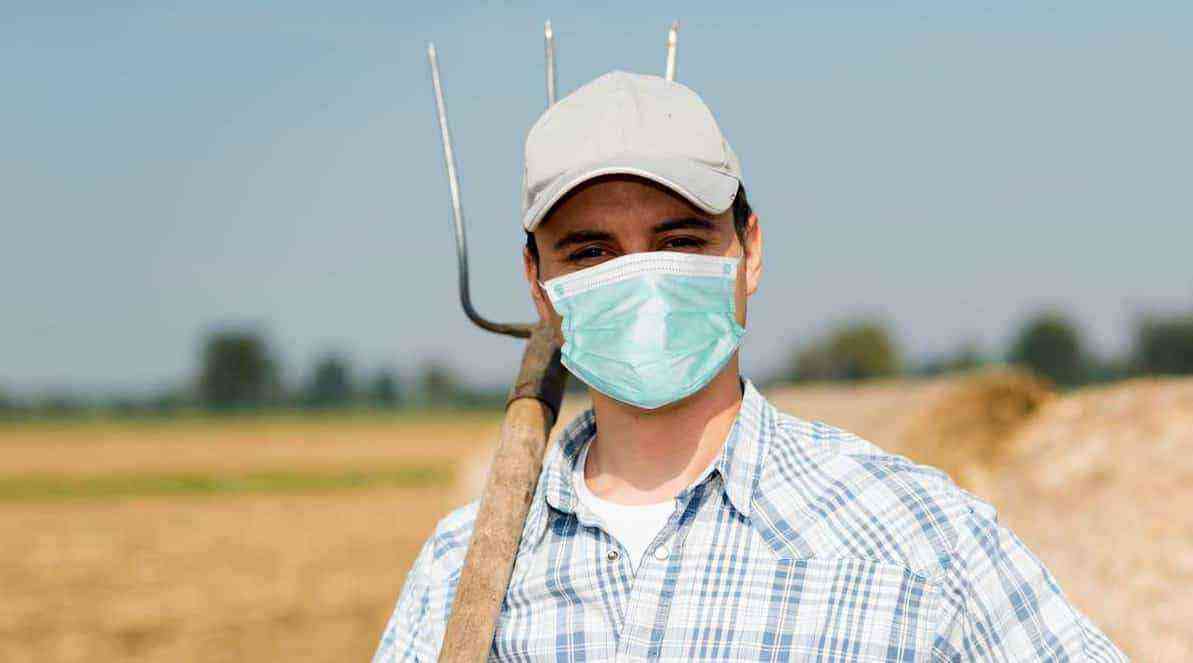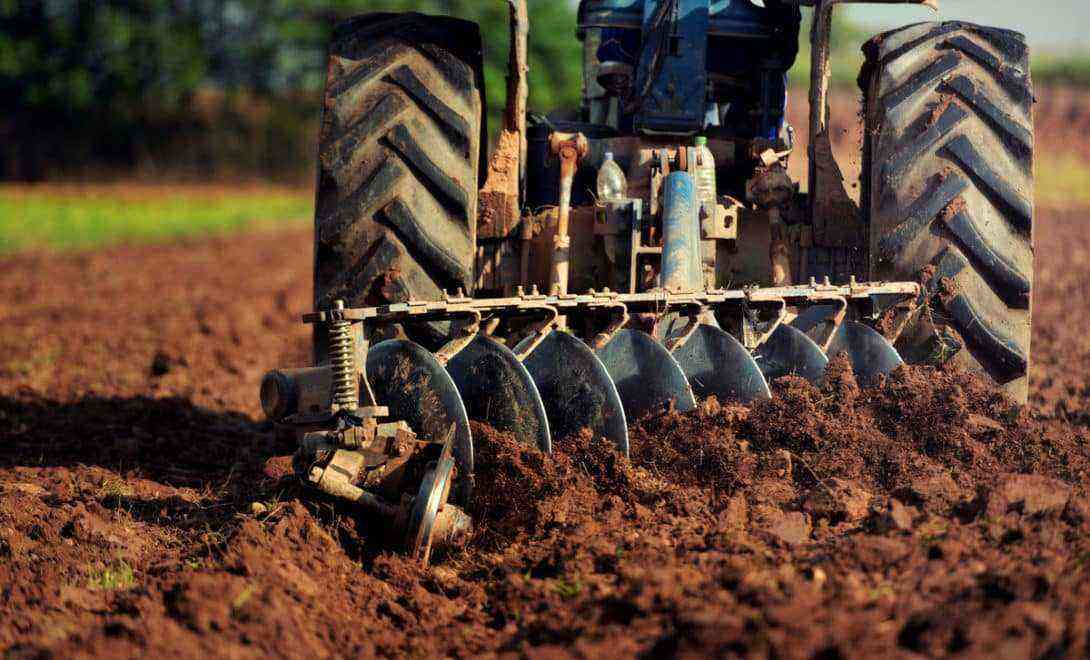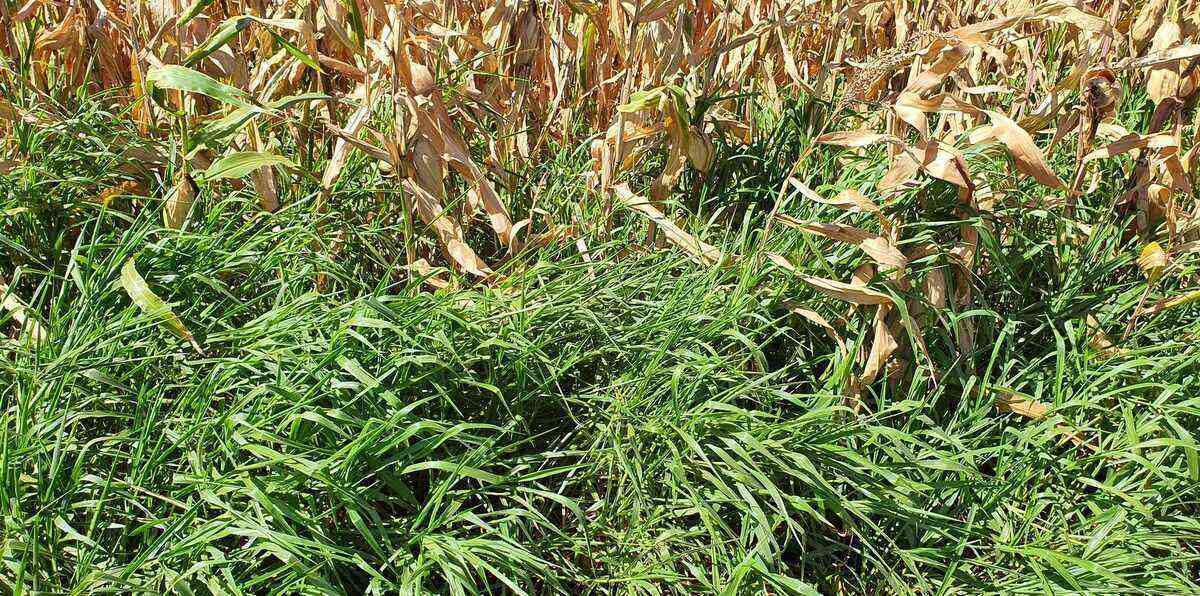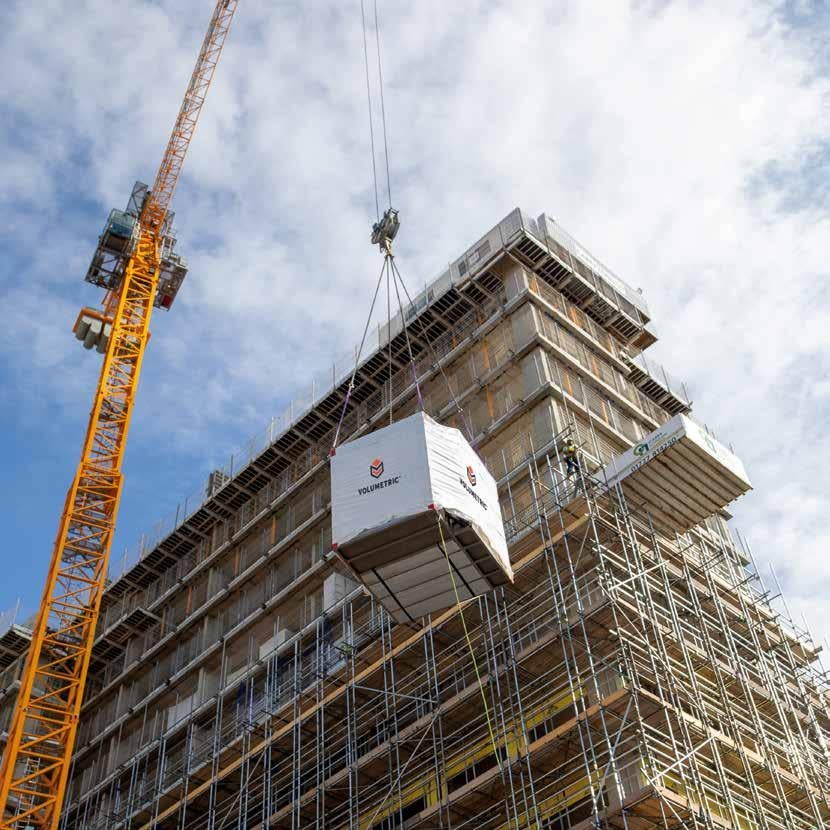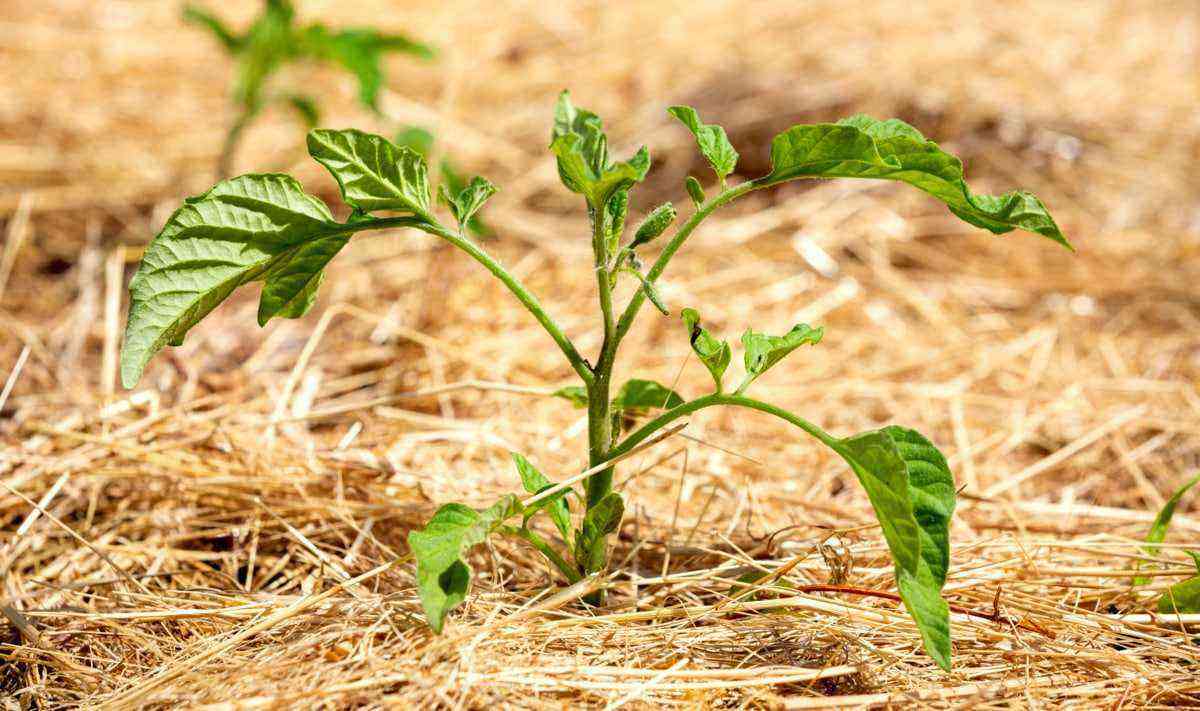Soybeans arrived in our country along with immigrants from Japan, in the beginning of the 1970th century. As Brazil focused on coffee production, soybeans only gained prominence from the XNUMXs onwards for oil production and with the mechanization of rural areas.
The Brazilian Agricultural Research Corporation (EMBRAPA) is largely responsible for adapting soybeans to the Cerrado climate. The work was successful – today, Brazil occupies the second position in the world ranking of soybean production. In the 2018/19 harvest alone, the country produced 114.843 million tons.
There are many soy producers here, mainly in the central-west region. To maintain the quality of production on their farms and avoid losses, it is necessary for producers to plan and calculate productivity before harvest.
Want to know how to increase soybean productivity per hectare? So, here are some tips that we will present to you. Good reading!
Prepare the soil correctly
Soil is what most influences productivity per hectare, so it must be properly prepared. Having fertile soil and a good amount of organic matter is very important for the development of the crop.
 To have greater productivity, proper soil preparation is essential.
To have greater productivity, proper soil preparation is essential.
There is a type of preparation that has been widely used in agriculture: deep soil preparation. It is related to increased productivity in agricultural production, and soy is no different.
This type of preparation, together with the management of pests, diseases, weeds, soil fertilization and other important points for increasing production, has been a great way to maintain the culture.
In order to be successful, the preparation must be planned, as it is done together with other procedures and worked in a group with them.
Stimulate biological nitrogen fixation
The proper use of nitrogen is of great importance to improve soybean productivity per hectare, as it increases soybean quality in crops. But for planting and harvesting to be positive, nitrogen fertilizers should not be used, as they limit biological nitrogen fixation.
Therefore, bet on fixation through symbiosis, that is, using bacteria that are in the root nodules. They absorb the nitrogen that is in the composition of the air and take it to the plant, a process known as biological fixation.
Studies carried out by researcher Luiz Gustavo Moretti, from the University of the State of São Paulo in Botucatu, show that biological fixation is responsible for the increase in soybean production and also for the quality of the planting, which, consequently, increases the profitability of the producer.
The technique studied and performed by him shows that this fixation is carried out by means of the bacterium Bradyrhizobium japonicum and it must be done in two moments: in the soybean plantation and when the plant is already bigger, in a period of 50 to 70 days.
Pay attention to refuge areas
If you face problems with the proliferation of insects and pests on your farm, refuge areas are a great solution for maintaining ecological balance and can improve the productivity of bags per hectare.
Refuge areas are strategies that increase soybean quality through biological balance, controlling pest proliferation. The technique consists of reserving an area for non-transgenic plants.
In this way, the insects of the refuge area cross with the insects of the rest of the crop, causing other types to appear that are not so resistant to the insecticides used in the crop. Therefore, it is a technique widely used to maintain large plantations.
For refuge areas to be efficient, you must follow some recommendations, such as:
- use a minimum amount of insecticides;
- choose an area that is located at most 800 m from the plantation;
- reserve an area of at least 20% in the case of soybeans.
These recommendations are essential for the success of the technique in your field and the benefits will be noticeable even before harvesting.
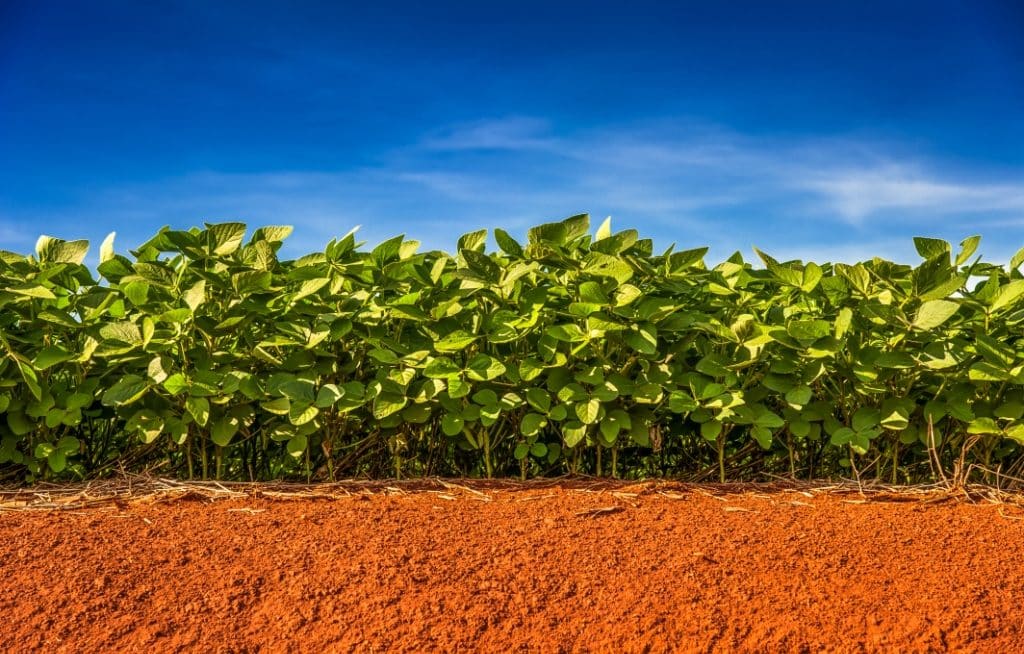 Taking strategic and early measures promotes better productivity per hectare of soybeans.
Taking strategic and early measures promotes better productivity per hectare of soybeans.
Take care of pest management
There are many ways to take care of pests that benefit from crops. The refuge area, which we talked about above, is one of them, however, in agriculture, integrated pest management can also be used.
It is a set of measures applied so that the number of pests is below the level called economic damage.
When the pest population reaching production is at the control level, it is applied. Remembering that this type of management is used to reduce the number of pests to below the control level, not eliminate them.
There are many advantages to using this method, but the most important are maintaining the biodiversity of an agricultural area and reducing environmental impacts.
In the agricultural environment there are other options such as the use of technologies as a monitoring tool, which we will explain in the next topic.
Use technology to your advantage
Technology is a great ally in the agricultural sector, and, currently, there are many ways to use it to assist in farming, including to increase the yield of bags per hectare. There are a multitude of programs on the market that can be very useful in this regard.
You can make use of management and monitoring software for pest identification. In addition, diseases that arise in plantations can also be detected with these technologies. As all producers know, soy is a crop that can be easily attacked by these problems and investing in tools that help in the detection is worth it.
These software generate maps that indicate the pests and diseases in each field belonging to the crop. It is through these maps that it is possible to identify the need or not to control these diseases in the total area or only in the area where the infestation occurs.
